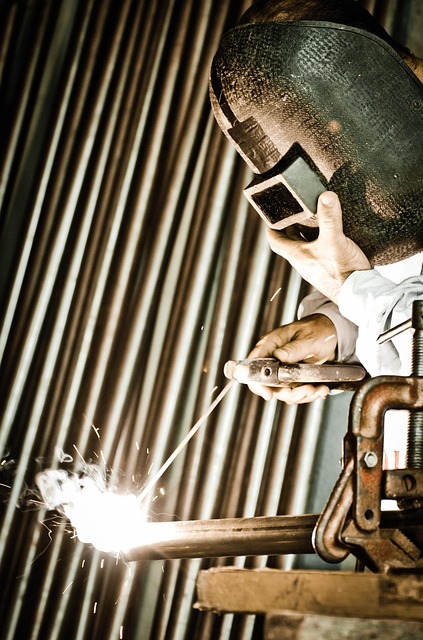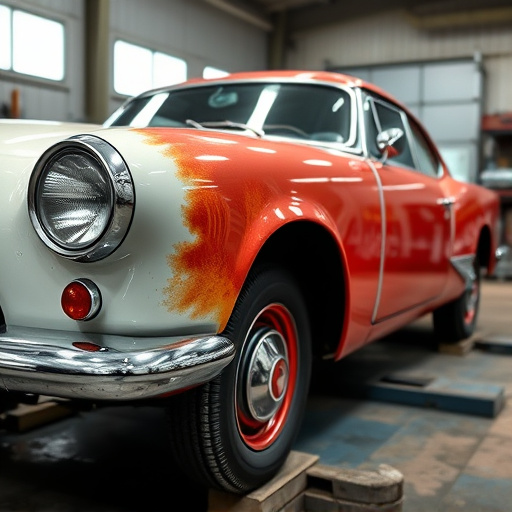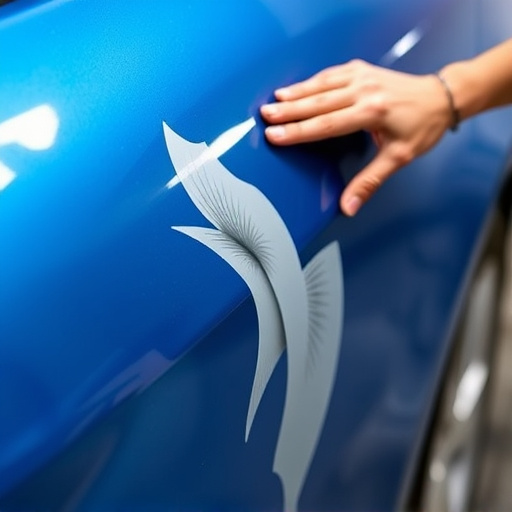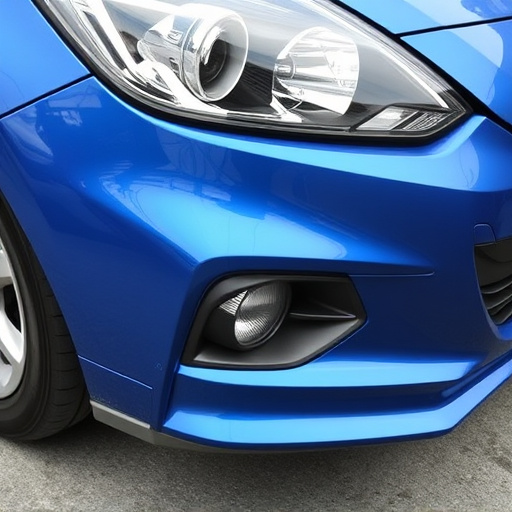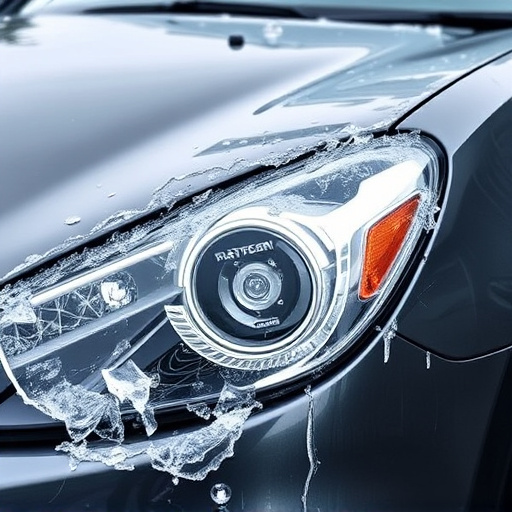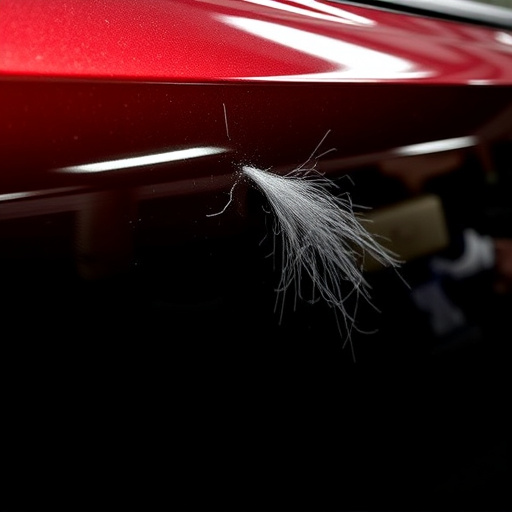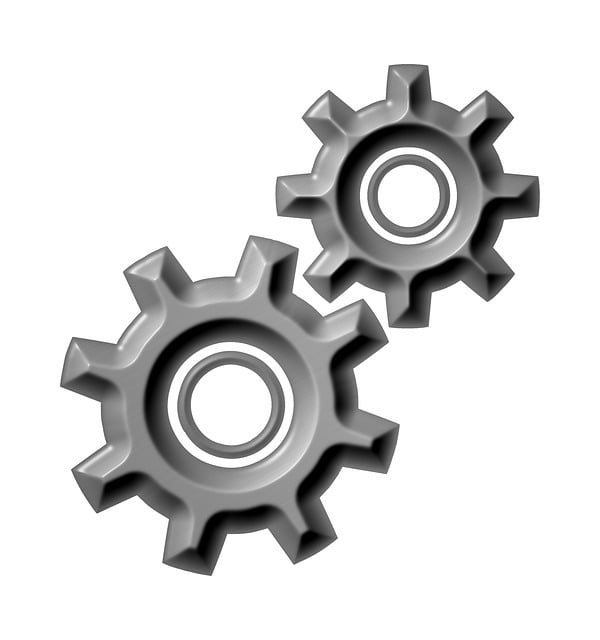Mercedes rim straightening presents unique challenges due to OEM wheels' intricate design and material composition. Aftermarket rims offer advantages over OEM in terms of compatibility, handling, stability, and weight, simplifying restoration processes. Aftermarket Mercedes rims have more dimensional flexibility, making them generally easier to straighten, potentially reducing repair costs.
Are aftermarket rims easier to straighten than OEM Mercedes wheels? For car enthusiasts and professionals alike, understanding Mercedes rim straightening challenges is crucial. This article delves into the complexities of standard Mercedes wheel alignment and explores the advantages of using aftermarket rims. Through a comprehensive comparison, we examine how these alternatives simplify the straightening process, offering cost-effective solutions for common issues. By the end, you’ll have insights to make informed decisions regarding your Mercedes’ wheels.
- Understanding Mercedes Rim Straightening Challenges
- Aftermarket Rims: Advantages for Alignment
- Comparison: Ease of Straightening Process
Understanding Mercedes Rim Straightening Challenges

Mercedes vehicles are renowned for their precision engineering and luxury finishes, but even these high-quality rims can suffer from dents or damage due to automotive collision repair incidents. When it comes to straightening Mercedes rims, there are several unique challenges compared to aftermarket rims. One of the primary considerations is the intricate design and material composition of OEM Mercedes wheels. These wheels often incorporate advanced alloys and intricate casting techniques, which can make them more delicate and harder to straighten without causing permanent damage or compromising their structural integrity.
Additionally, Mercedes vehicles have specific rim sizing and fitting standards, ensuring a seamless blend with the car’s overall aesthetics. Aftermarket rims, on the other hand, may not adhere to these precise dimensions, making straightening processes more straightforward. However, for automotive collision repair specialists, the goal is always to restore the wheel to its original factory specifications, ensuring both safety and cosmetic harmony with the vehicle.
Aftermarket Rims: Advantages for Alignment

Aftermarket rims offer several advantages when it comes to alignment compared to OEM Mercedes wheels. One of the key benefits is their versatility and customizable nature. Since aftermarket rims are designed with a broader range of vehicle models in mind, they often come with various specifications and bolt patterns, making it easier to find a suitable replacement for your specific Mercedes model. This flexibility allows for more precise wheel alignment, ensuring that your car’s handling and stability are optimized.
Additionally, aftermarket wheels typically have thinner profiles and lighter weight, which can lead to improved performance during the straightening process. In the event of a fender bender or minor collision, these rims might be less prone to warping or deforming, making auto painting and vehicle restoration processes more straightforward. This advantage is particularly notable in preserving the overall aesthetic appeal of your Mercedes while ensuring proper alignment after an incident.
Comparison: Ease of Straightening Process
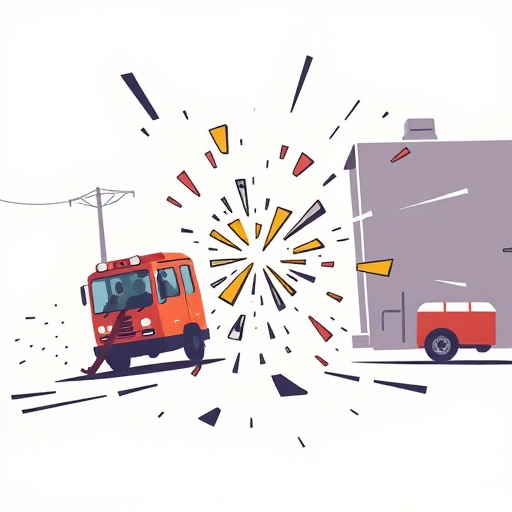
When it comes to Mercedes rim straightening, aftermarket rims often present a unique advantage. Unlike Original Equipment Manufacturer (OEM) Mercedes wheels, which are designed with precision and strict quality control in mind, aftermarket rims may have slightly more variability in their manufacturing processes. This variability translates into more leeway for adjustments during the straightening process. Aftermarket manufacturers typically produce wheels in larger quantities, allowing for a broader range of dimensional tolerances that can accommodate more corrective work.
In terms of mercedes benz collision repair and auto maintenance, the ease of straightening varies based on the specific rim design and the extent of damage. However, as a general rule, aftermarket rims can be easier to straighten due to these manufacturing differences. This doesn’t imply that OEM Mercedes wheels are indomitable; far from it. But for those considering repairs, understanding these nuances can help guide decisions regarding which rims might require less intricate and costly straightening procedures, ultimately impacting the overall mercedes benz collision repair costs.
In conclusion, while all wheels, including OEM Mercedes and aftermarket rims, require careful handling during straightening due to their precision engineering, aftermarket options offer distinct advantages. Their design often allows for more flexibility in alignment adjustments, making the straightening process potentially easier compared to OE Mercedes rims. However, professional expertise remains crucial to ensure optimal results and preserve the vehicle’s safety and performance. When considering Mercedes rim straightening, understanding these differences can guide owners towards the best solution for their needs.

